 Yum Cha
Yum Cha
Yum Cha Chats: Pawns, knights & the Queen’s Gambit with Polocorp
One half of Polo and Pan shares his favourite strategies for the chessboard
What’s your strategy for 2021? Do you plan on making quick and aggressive plays at what lies ahead, or are you going to map out a pacified and long-term master plan? Either way, this week’s Yum Cha Chats will surely motivate you to conjure up your next best move for the year ahead, as German artist Polocorp lays out his 5 essential tips for making your best play on the chess board. Polocorp is the solo-carnation of Paul Armnad-Delill, of famed French duo Polo and Pan.
He was recently signed up by Moscoman’s Disco Halal imprint, and has a stellar eastern-influenced EP dropping later this month on January 29 — while on his magic carpet ride across Morocco, Polocorp collaborated with ‘The Atlas Collective’ to bring his fascination of the local Gnawa sound to life. He’s got his game down for 2021, and he’s happy to share more insight to mastering the ancient game with you, “I consider myself a humble student of this beautiful game, and my best tip would be to do tactical training everyday to make some solid progress”, says Polocorp. Scroll on down, and make your best move.
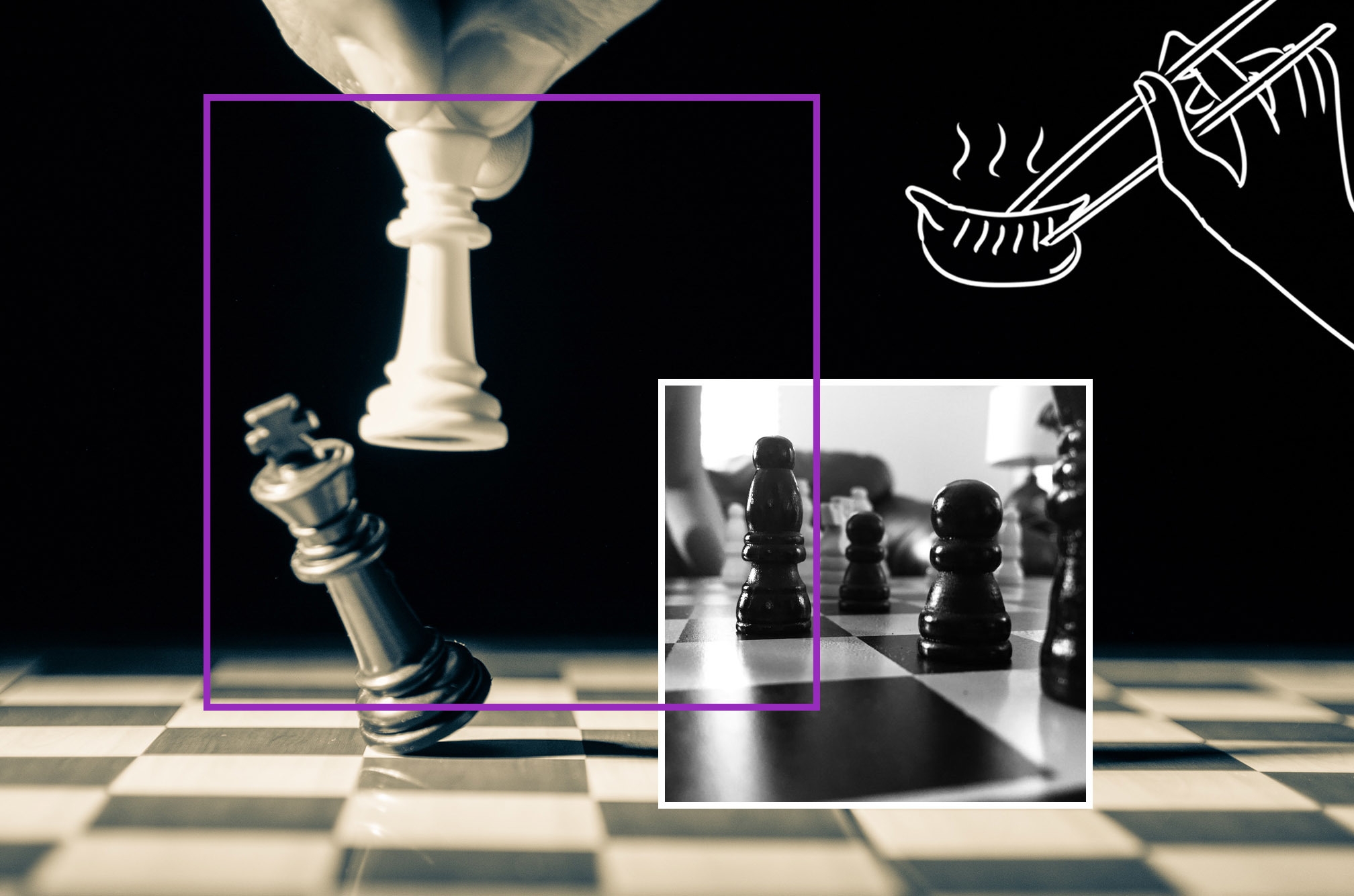
The Queen’s Gambit
It’s my favourite opening. Opening with the queen’s pawn is considered more aggressive (less stable) than opening with the king’s pawn. It invites a more tactical and less positional game. There are a few tricks that can be played if the player accepts the gambit and a captured what seems to be a free pawn.
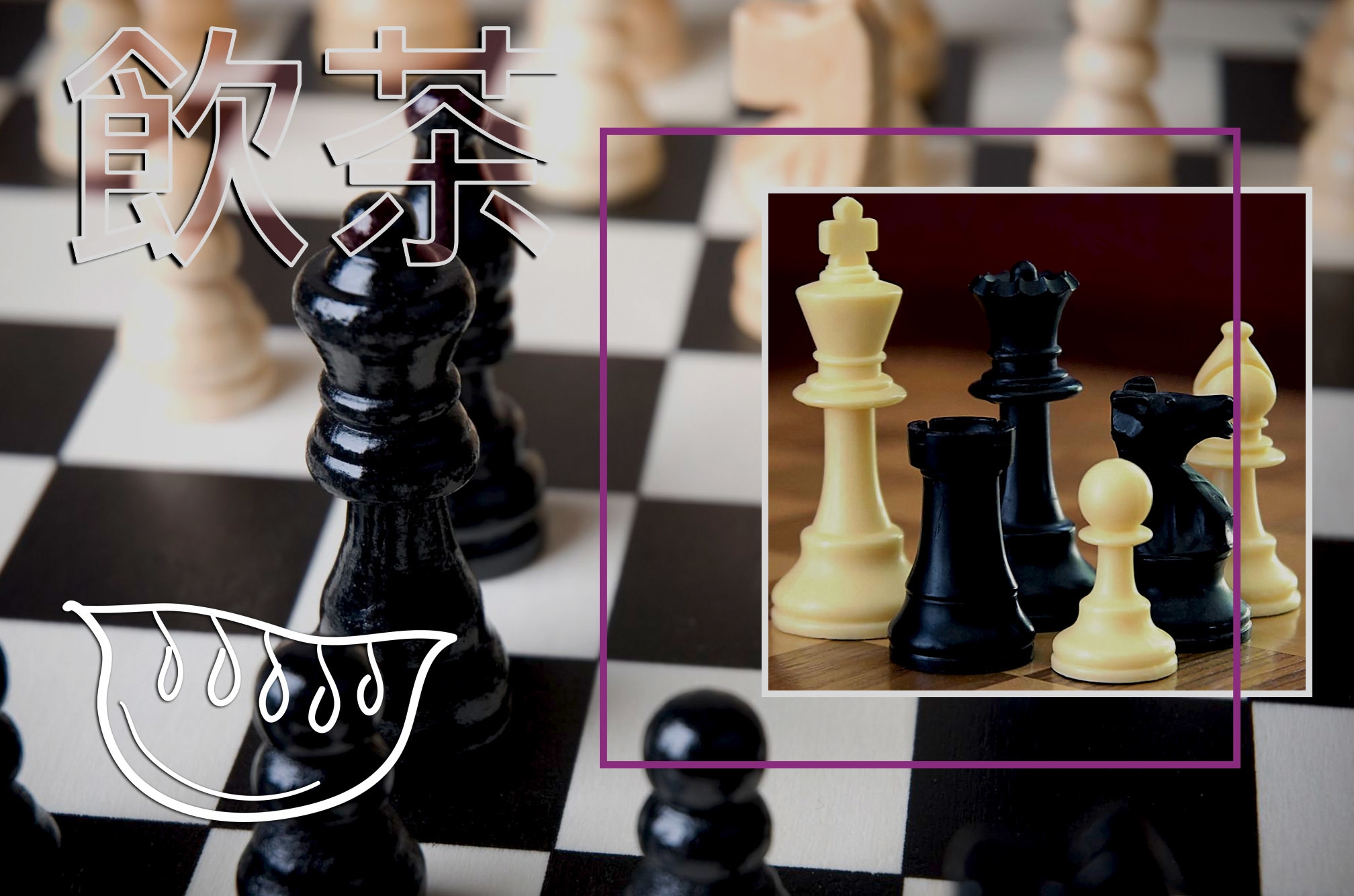
Controlling the centre
During my opening, if no apparent opportunity arises, I am focusing on controlling the center of the board with a strong pawn structure and by bringing my Knights out. I just try to play solid positional moves and keep an eye open for my opponents weaknesses.
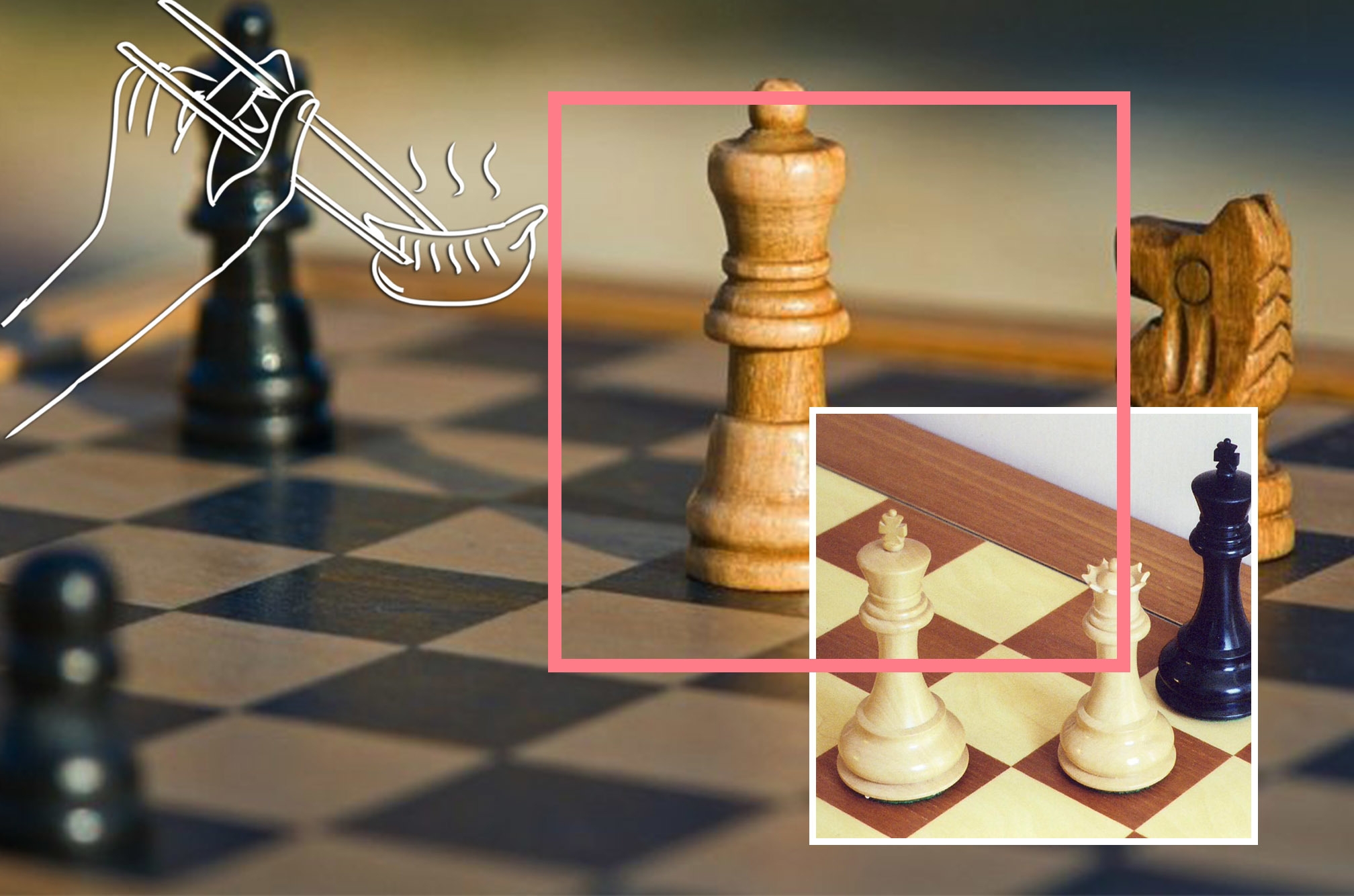
X-raying valuable pieces
If the game is tight, I will focus on small moves that can pay out as the game develops. The x-ray technique consists in aiming a valuable piece that is placed behind a less valuable piece. For example, aiming the Queen with a rook when a pawn is placed on the trajectory. This has the effect of pining the less valuable piece. It can’t take anymore. As the game plays out, if the opponent doesn’t take care of x-ray threats, it will pay out.
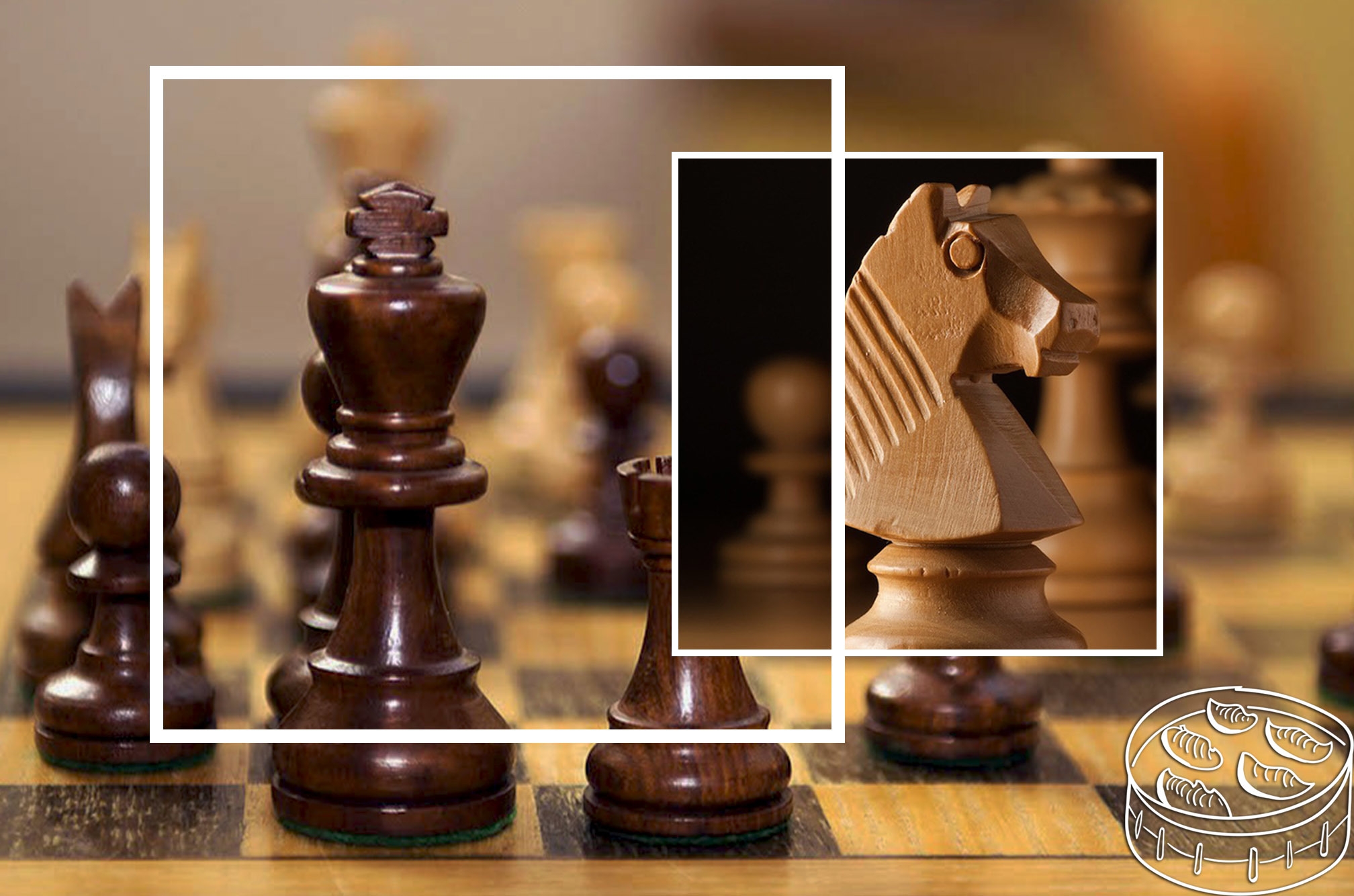
Castling opposite my opponent
I usually play this to create a more aggressive game. Though riskier, it is more fun if you are a tactical player. Of course, this should always be a decision based on context and not an automatic choice. In this configuration, you can easily launch a pawn storm against your opponent’s king, if your opponent is playing too conservative.
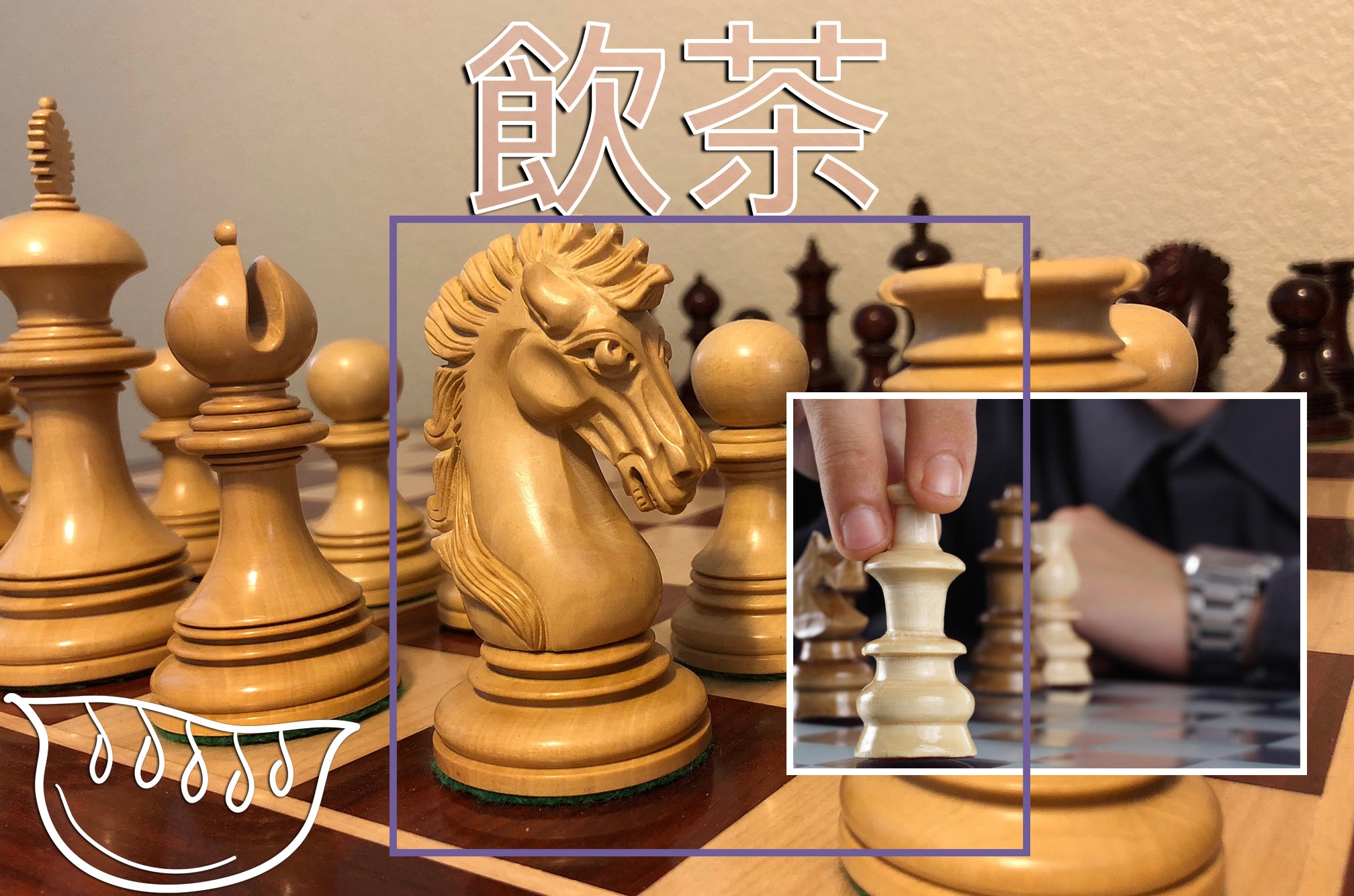
Look for Zwischenzug moves
This German word means ‘in between move’. Chess is all about tempo. Oftentimes you have an obvious reply move such as recapturing after your opponent takes one of your pieces. Before playing the obvious reply, now is the time to think deep and consider how to insert 'in between moves' that force your opponent to move without losing your advantage. Putting your opponent in check is an obvious example of Zwischenzug, you can also attack a valuable piece. Only after the sequence of forced moves do you recapture the obvious piece.


